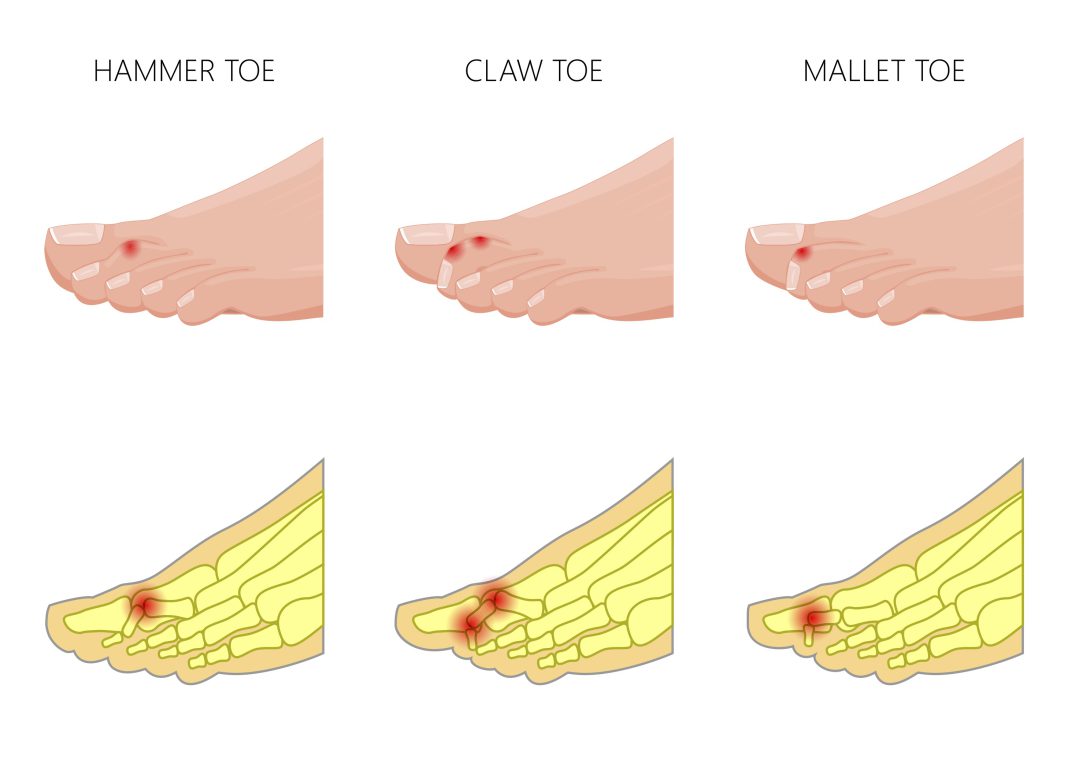okikiko.com – There are a few causes of Claw Toe Deformities. Claw toes can be hereditary or develop later in life. Genetics can also play a role. People with high arches or flat feet are at a higher risk for the condition. Wearing shoes with pointed toes or narrow toes can also cause claw toes. In rare cases, injuries caused by medical conditions such as diabetes or rheumatoid arthritis can also cause claw toes.
Early treatment can provide better outcomes and reduce the risk of permanent disability
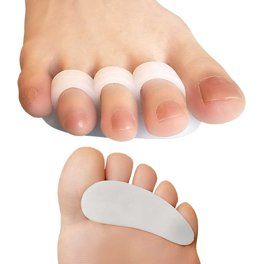
When detected early in development, Claw Toe Deformities can be treated with splints or tape. Early treatment can lead to better results and decrease the risk of permanent deformities. Once a patient starts to exhibit the symptoms, they can opt for surgery. The cost of surgery will depend on the severity of the condition. However, if the condition is caught early, repairing the deformity is much easier.
After a surgery, patients should wear athletic shoes for a week or two. Post-operative exercises and prolonged standing are restricted for the first six to eight weeks. Once healing has finished, patients can gradually resume their usual activities and transition out of the surgical shoe. A few weeks after surgery, a patient can return to work. The surgery will help correct the underlying claw toe deformity. There is no cure for Claw Toe Deformities, but treatment can help prevent recurrence of the deformity.
A person with this deformity will have painful calluses
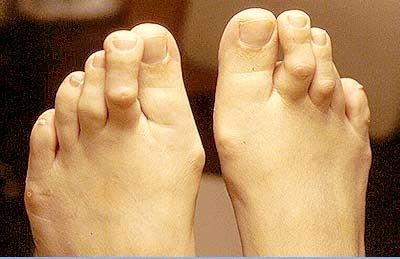
In general, a Claw Toe Deformity is a secondary hyperextension of the metatarsophalengeal joint and flexion of the proximal interphalangeal joint. Oftentimes, a person with this deformity will have painful calluses over the joint and on the tip of the toe. In addition, the proximal phalanx tends to subluxate dorsally, causing excessive pressure on the metatarsal head.
To prevent the onset of Claw Toe Deformities, patients should wear sensible shoes that don’t cause excessive friction or strain to the toes. People with high arches and people who rotate their feet inward while walking are at risk for the condition. Lastly, regular care of the corns and calluses on the toes will help to alleviate pain and discomfort. When treated early, claw toes can be curable.
Deformities may require surgery to shorten the bones

Patients with claw toe deformities may develop corns and calluses on their toes and a bent joint in the middle. The bent joint rubs against the shoe’s interior and the bottom of the foot. Both types of corns and calluses may not be painful. A healthcare provider may recommend shoe-shoes with roomy toe boxes and low heels. In addition, padding may cushion the toes and strengthen toe muscles. In some extreme cases, the deformity may require surgery to shorten the bones and reposition the claw toes.
The plantar plate, located at the base of the toe, is weakened by claw toes. Repeated loading on the MTP joint may cause the ligament to wear out and tear. The joint can be unstable as a result of this problem, which may lead to pain and other symptoms. Claw Toe Deformities may even lead to osteomyelitis. Inflammation in the MTP joint can also worsen the condition.
Several genetic factors can cause the development of claw toes
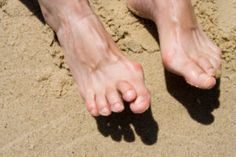
Hammer and claw toes are the most common sagittal plane deformities. Claw toes and hammer toes have similar symptoms. Hammer toes are more common in adults and involve asymmetrical joint flexion, while claw toes are associated with pes cavus. Several genetic factors can lead to the development of claw toes. For some, the deformities may be a result of a neurological condition.
The severity of the condition will determine the treatment options. Conservative treatments for claw toes include stretching the toes and wearing shoes with a wider toe box. Surgical correction may also be required. The surgeon may perform toe fusion, or reroute a flexor tendon to correct the deformity. Toe fusion is a procedure that can be done for severe cases of claw toe.
The mechanism that causes the deformity is believed to be chronic hyperextension of MTPJ
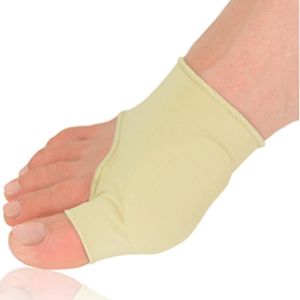
Neuromuscular disorders are also a contributing factor to claw toe. The mechanism causing the deformity is believed to be chronic hyperextension of the MTPJ. When the MTPJ becomes chronically hyperextended, the intrinsics shorten and the axis of pull shifts to the centre of rotation. Eventually, the muscles of the MTPJ are not capable of producing the flexion moment needed to maintain normal foot function.
The function of the lesser toes is important in the stabilization of the foot while standing. The function of the plantar aponeurosis is intimately related to the function of the lesser toe. It helps to hold the foot together and supports the longitudinal arches. The hallux valgus also contributes to lesser toe deformities, as it weakens the plantar fascia and creates a windlass effect to the first toe. These disorders can also caus

